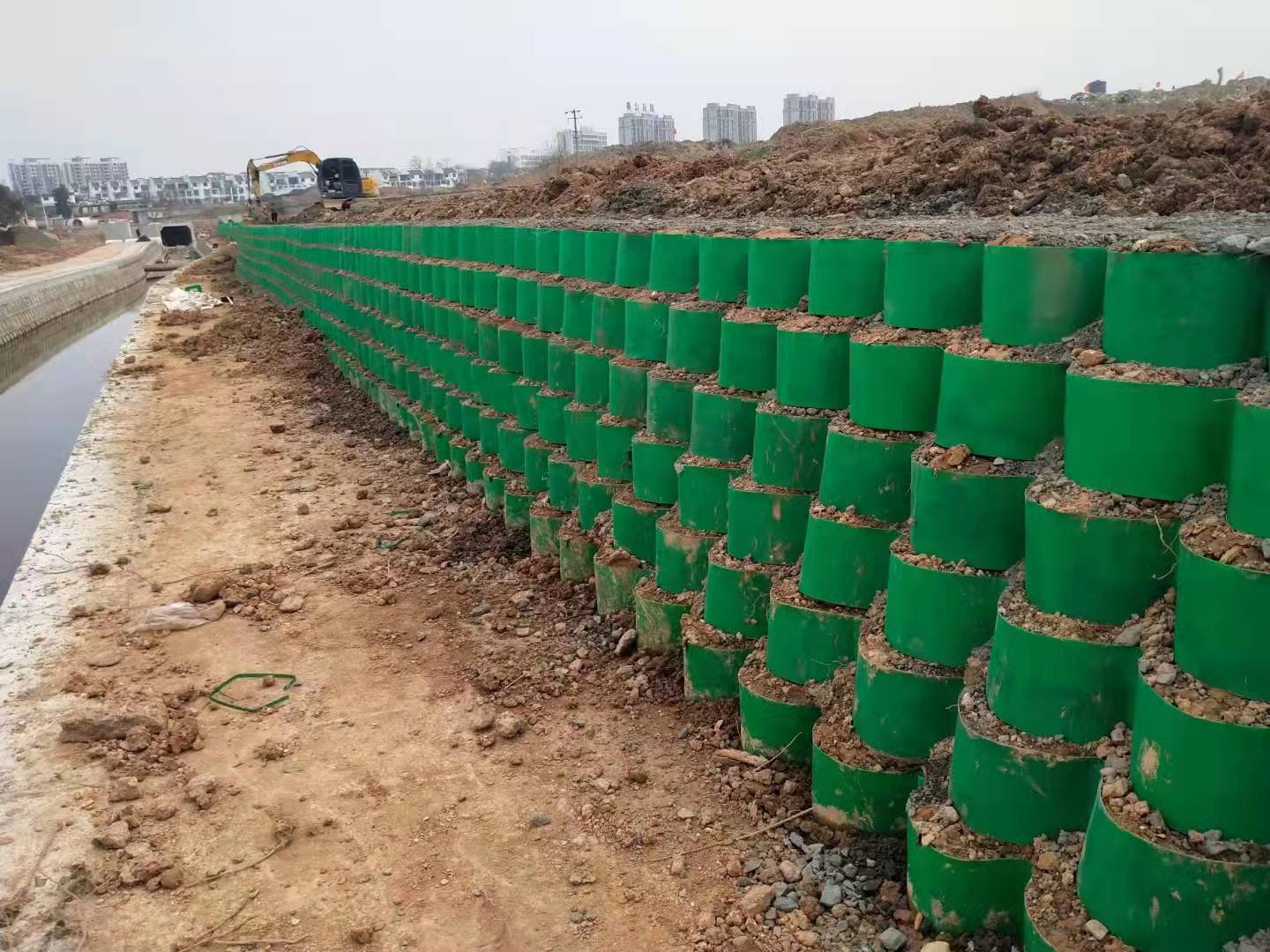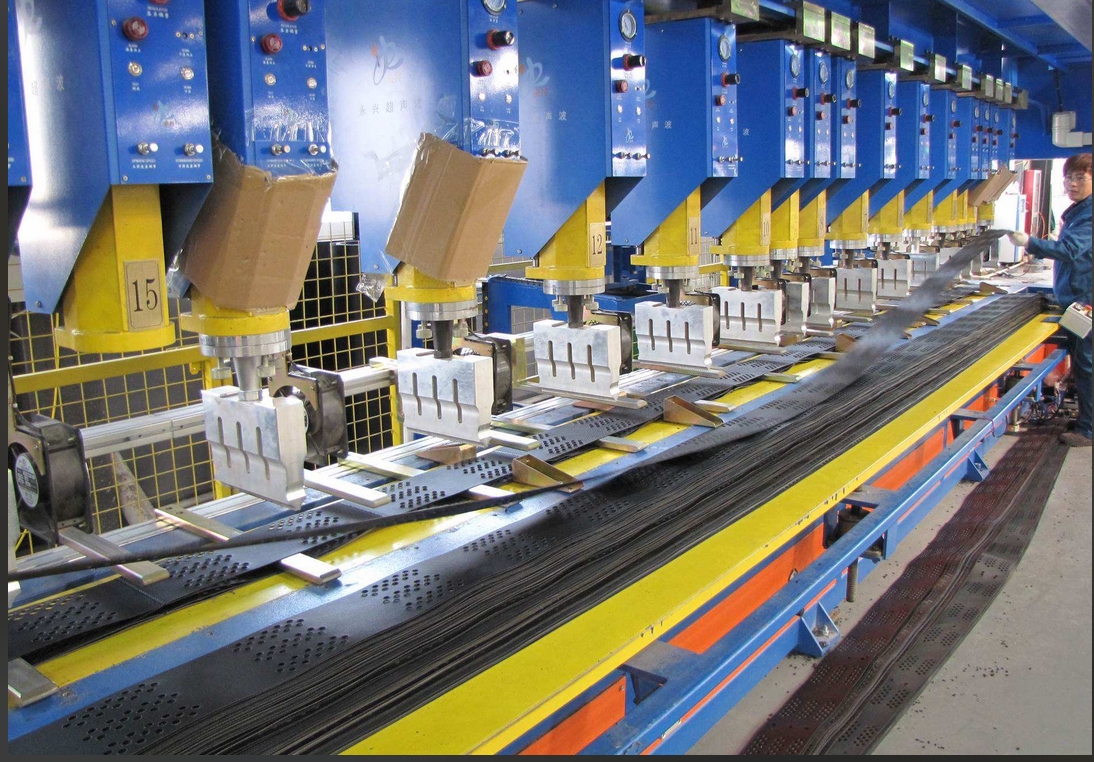用于边坡稳定土工格室
斜面安定化のためのジオセル
geocell for slope stabilization
- Geocell
- Geomembrane
- Uniaxial geogrid
- Biaxial geogrid
- Geotextile
- EVOH Geomembrane
- Warp-knitted geogrid
- Geosynthetic Clay Liner
- Composite Geonet
- Self - adhesive waterproof membrane
- Mining high-strength polyester fiber mesh
- Composite anti-permeability material
- Graebel Fix
- Safety net
- Weed control sheet
- Flexible container bag
- Dimpled Drainage Sheet
- Composite Materials
- Other synthetic materials
- Geomembrane in environmental protection engineering
- Application of geomembrane in water conservancy
- Application of geomembrane in aquaculture
- Application of geomembrane in chemical industry
- Geomembrane in mining engineering
- geocell for retaining walls
- geocell for slope stabilization
- geocell for road construction
- geocell for permafrost
- Geotextiles in slope protection projects
- Project to Strengthen Weak Infrastructure
- Landfill Isolation Project
- Application of geocell in mining area
- Application of HDPE geogrid in retaining wall
- geocell for retaining walls
- geocell for beach erosion
- geocell for landfill
- geocell for drainage
- Application of three-dimensional composite drainage network in landfill
- Application of three-dimensional composite drainage network engineering
- Parking lot new product application
Product Details
Geocell for slope stabilization are three-dimensional, honeycomb-like structures made from interconnected strips of durable material, typically high-density polyethylene (HDPE). When filled with soil, gravel, or other materials, they create a strong and stable matrix that can be used for a variety of civil engineering applications, including slope stabilization.
Geocell for slope stabilizationMaterial: Geocells are usually made from HDPE, which is resistant to UV degradation, chemical attack, and weathering. This ensures long-term performance in harsh environments.
Geocell for slope stabilizationStructure: The interconnected cells form a three-dimensional network that confines the infill material, preventing lateral movement and increasing the overall strength and stability of the slope.
Geocell for slope stabilizationSizes and Types: Geocells are available in various sizes and depths to suit different slope angles, soil types, and project requirements. They can be perforated for drainage or textured to enhance friction with the infill material.

Features
Geocells offer a versatile and cost-effective solution for slope stabilization, with wide-ranging applications:
Erosion Control
Geocells protect slopes from erosion caused by rainfall, wind, and surface runoff. They are particularly useful in areas with steep slopes, poor soil conditions, or high rainfall.
Slope Reinforcement
Geocells can be used to reinforce existing slopes or to construct new, steeper slopes. They increase the load-bearing capacity of the slope and prevent landslides or slope failures.
Vegetated Slopes
Geocells can be filled with topsoil and vegetated to create green slopes that blend in with the surrounding environment. This is aesthetically pleasing and environmentally friendly.
Landfill Covers
Geocells can be used as part of landfill covers to stabilize the soil and prevent erosion.
Retaining Walls
Geocells can be used to construct retaining walls, either as a facing for reinforced soil structures or as a standalone system.
Specification
The construction of geocell slope stabilization typically involves the following steps:
Site Preparation: The slope is cleared of debris and vegetation, and any necessary grading or shaping is performed.
Geocell Placement: The geocells are expanded and placed on the slope, following the manufacturer's instructions. They are typically anchored to the slope using stakes or other suitable methods.
Infill Placement: The geocells are filled with the chosen infill material, such as soil, gravel, or crushed rock. The infill is compacted to ensure a dense and stable structure.
Vegetation (Optional): If a vegetated slope is desired, topsoil is placed in the geocells, and seeds or plants are sown.

Protection: The completed slope may be protected with additional measures, such as geotextiles or erosion control blankets, depending on the specific application and site conditions.
Advantages of Geocell Slope Stabilization
Cost-effective: Geocells can be a more economical solution than traditional methods of slope stabilization, such as concrete retaining walls.
Environmentally friendly: Geocells can be filled with locally sourced materials, reducing transportation costs and environmental impact. They can also be vegetated to create green slopes. Easy to install: Geocells are relatively easy to install, requiring minimal specialized equipment or labor.
Versatile: Geocells can be used in a variety of applications and can be adapted to different slope angles and soil conditions.
Durable: Geocells are made from durable materials that can withstand harsh environmental conditions.
Conclusion
Geocells are a valuable tool for slope stabilization, offering a cost-effective, environmentally friendly, and versatile solution for a wide range of applications. Their ability to reinforce soil, prevent erosion, and create vegetated slopes makes them an attractive option for civil engineering projects around the world.




